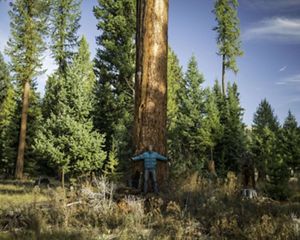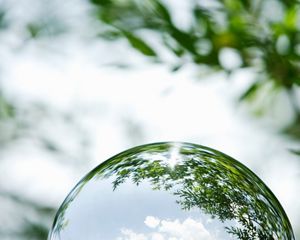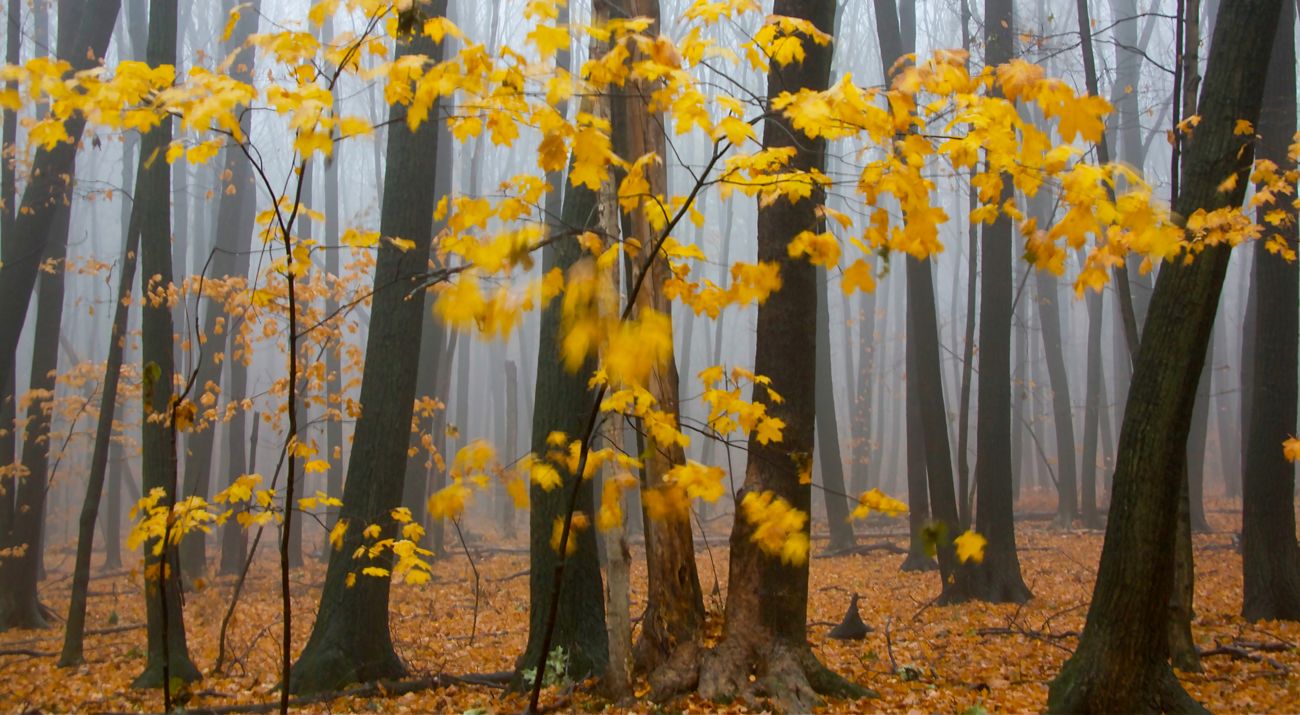
Getting a glass of water can be as simple as turning on the tap, making it easy to take our fresh water supply for granted. But as those in drought-stricken areas or underserved cities can tell you, this vital resource—like the natural world around us—deserves much more attention. A glass of clean water depends greatly on the health of surrounding natural areas, like forests.
More Than Half of U.S. Fresh Water Comes From Forests
From the tree canopy all the way down to root systems, every part of a forest plays a critical role in cleaning, storing and protecting our water supply. Tree canopies of large forests influence rainfall patterns across the globe. They produce moisture in the atmosphere, known as “rivers in the sky,” that fall as rain locally and thousands of miles away.
Roots anchor and filter
The root systems of forests help anchor nutrients and sediment in the ground, keeping them from polluting nearby freshwater systems. Forests also slow down the rate of runoff from rainfall, helping to lessen the risk of flooding, and giving water a chance to absorb into the local groundwater systems.
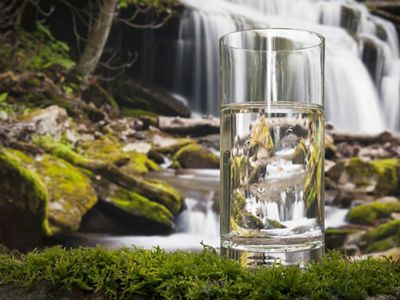
Protecting our water supply
One of the most critical ways forests protect our water supply, is by providing and filtering fresh drinking water. Trees collect and filter water, slowly releasing it into rivers and streams while removing some impurities. The end result: cleaner, more abundant water for communities and surrounding ecosystems.
Helping Forests through the Plant a Billion Trees campaign
TNC is working to restore and protect forests through the Plant a Billion Trees (PBT) campaign which will help keep urban water sources reliable and clean for years to come. It’s more than simply putting trees in the ground – it’s ensuring the right trees are in the right places and protecting them so that the forests can thrive for future generations.
Quote
Each year, up to one billion gallons of pure, naturally filtered water is harmlessly extracted from living maple trees, which was previously discarded.
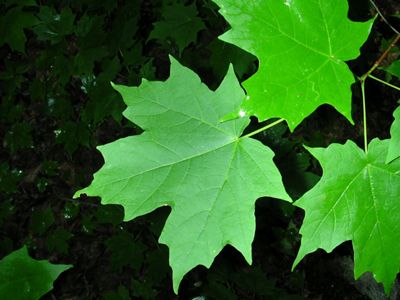
Tapping Into Trees As A New Water Source
Known not only for their beautiful and recognizable leaves—verdant green in spring and summer, a brief golden yellow and then bright red before dropping off in fall—maple trees are also farmed for their sugary sap. Tapping into tree sap gives us the maple syrup we know and love, as well as a lesser-known product: pure, fresh, filtered water.
Asarasi Sparkling Tree Water
One company is making the connection between trees and water as clear as freshly filtered glass of H2O. The Nature Conservancy has partnered with Asarasi Sparkling Tree Water to raise awareness about the link between forests and fresh water and to support both TNC’s reforestation work through the PBT campaign and protection of the Colorado River Basin.
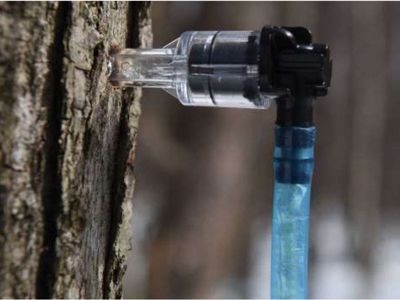
A Billion Gallons of Water From Trees
Each year, up to one billion gallons of pure, naturally filtered water is harmlessly extracted from living maple trees, which was previously discarded until Asarasi found a productive way to use the water. This amount of water could fully replace the bottled water industry that exists today.
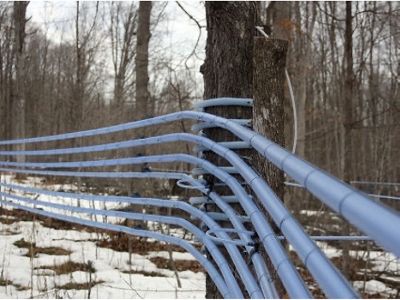
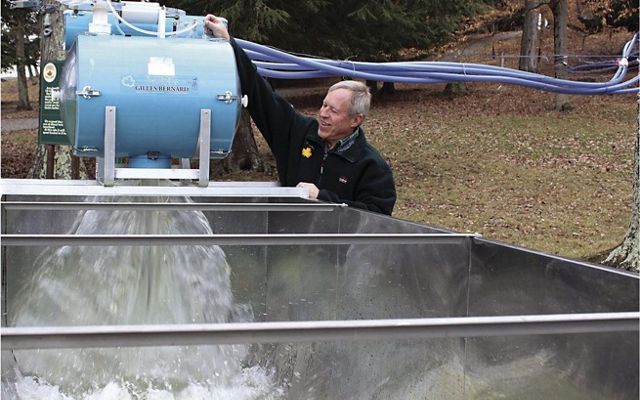
Raising Awarness About Water Scarcity
Asarasi has made it its mission to raise awareness with consumers about drinking water more responsibly and activating individuals to take steps to consider the source of their bottled water and how it impacts ground water reserves, creating a more sustainable and eco-conscious world.
Across the globe, we’re facing issues of water scarcity. Looking to trees can help provide both immediate and long-term solutions to protect our water supply and to make clean water more accessible for all.
Learn more about TNC's partnership with Asarasi.
